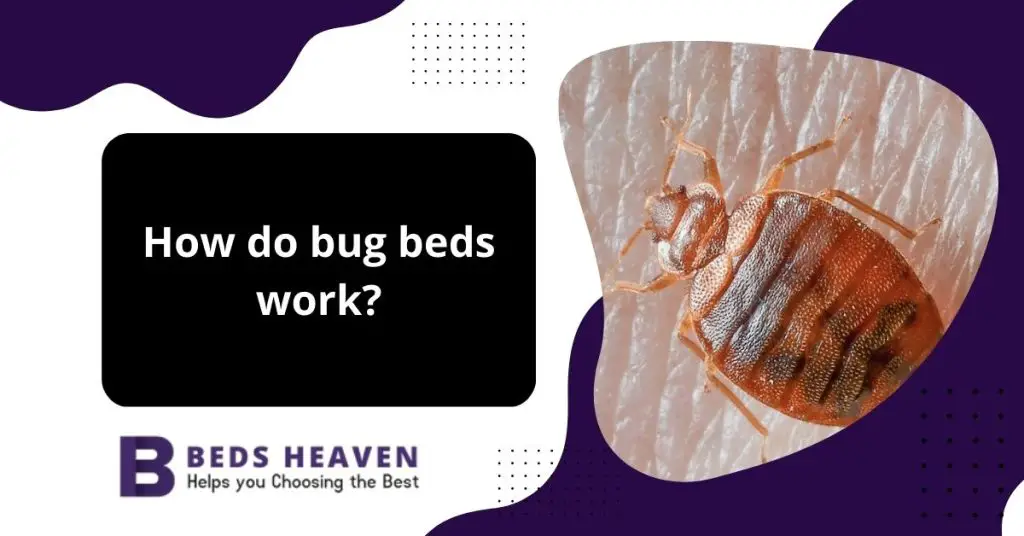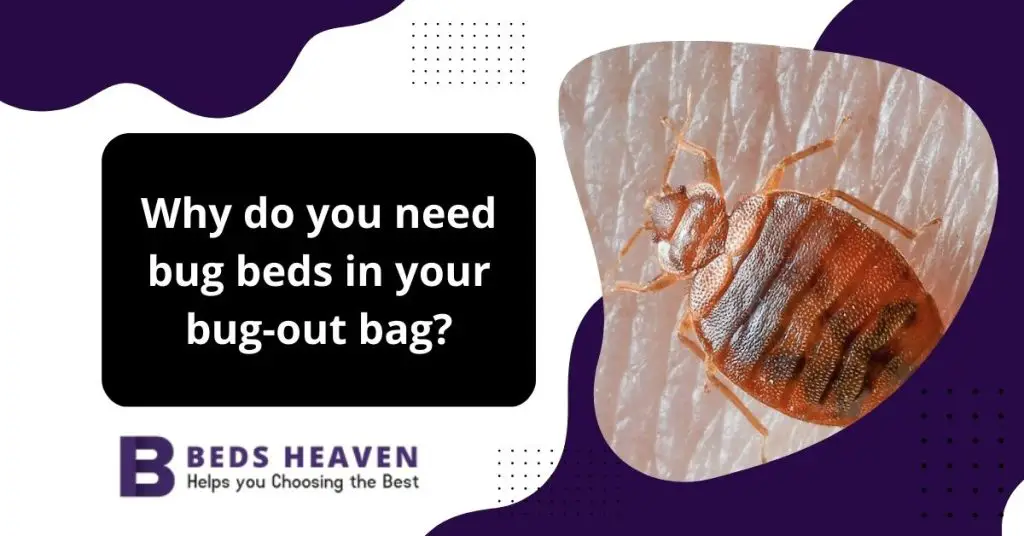Last updated on February 16th, 2023 at 09:56 am
Where Do Bug Beds Come From? discusses the origins of bug beds and how they are used by people all over the world. Bug beds have been around for centuries and are still used today. Find out more about this interesting topic by reading this blog post. Where Do Bug Beds Come From?
Introduction
Quick Links
What are the chances of finding bug beds in the wild? You may be surprised by the answer! Discover where these fascinating little creatures are likely to be found and their origins. It may surprise you to learn that they can be found in many different locations around the world.
The prevalence of bed bugs has increased significantly over the past decade. They are not discriminated against. They can enter your home regardless of whether you live in a clean or dirty environment, whether you are a tidy individual or not. Here we will examine where bugs originate, what they are made of, and how they can be effectively eliminated.
What are bug beds?
As the name implies, insect beds are a type of garden bed designed to attract and support beneficial insects. Making these beds from various materials is possible, but they all have a few key characteristics in common.
Several factors make bug beds more accessible to smaller insects, one of which is that they are usually shallower than traditional garden beds.
It is also important to note that bug beds often contain a variety of plant species that provide a rich source of food for insects. The surface of bug beds is usually covered with a layer of mulch or other organic material, providing insects with a comfortable place to rest and breed.
Where do bug beds come from?

Bug beds and the environment

Bug beds and the economy
Why do we have bugs in our beds?
Several reasons may contribute to the presence of bugs in our beds.
Reasons:
How do bug beds work?

Which bugs are attracted to bug beds?
Why do you need bug beds in your bug-out bag?

You will need a place to sleep if you are bugging out during an emergency. A bug bed should be an essential item in any bug-out bag.
The following are the reasons:
FAQ’s
1. Are bed bugs from poor hygiene?
Although bed bugs are not always associated with poor hygiene or a dirty home, they can be found in any type of living space, regardless of their cleanliness or personal hygiene level.
In spite of the fact that bed bugs do not transmit diseases, their bites can cause discomfort and disrupt sleep. For bed bug infestation to be prevented from getting worse, it is imperative to conduct a thorough inspection and initiate treatment as soon as possible.
2. Where are bed bugs mostly found?
Most of the time, bed bugs are found in and around sleeping areas, such as beds and couches. In particular, they tend to gather in crevices and seams within mattresses and box springs, including the piping, tags, and seams.
Furthermore, bed bugs can be found in cracks in bed frames and headboards, as well as in folds within curtains and between cushions in heavily infested rooms, as well as in the joints of drawers and other furniture. As a result, if you suspect a bed bug infestation, you should inspect these areas thoroughly.
3. Can bed bugs live in your hair?
In spite of feeding on the blood of humans and animals, bed bugs cannot survive in human hair. It’s possible for a bed bug to end up in your hair after biting your scalp, but it’s not a common occurrence. In most cases, if you do find bugs in your hair, they are likely to be head lice, which are another parasitic insect.
If you suspect an infestation of bed bugs, it is imperative that you thoroughly inspect these areas if you suspect the presence of bed bugs. Bed bugs typically hide in places such as the seams of your mattress or cracks in your bed frame.
4. Can you get rid of bed bugs?
It is possible to eliminate bed bugs, but it can be challenging. Using insecticides alone will not be an effective solution, as many types of insecticides are known to become resistant to these insecticides. Instead, a multifaceted approach is recommended, which includes cleaning, decluttering, and applying insecticides in conjunction with other methods.
It is possible to eliminate bed bugs by vacuuming, washing bedding and clothes in hot water, and using mattress and box spring encasements. Furthermore, it is important to address any cracks or crevices in the walls, floors, and furniture where bed bugs may be hiding. It is possible to successfully control a bed bug infestation with persistence and diligence.
Conclusion
Keeping an eye on insects in your home is very important. The presence of bugs should be addressed immediately if you notice any signs. It is important to make a bug bed to prevent the spread of bugs. It is very simple to construct a bug bed for insects.

